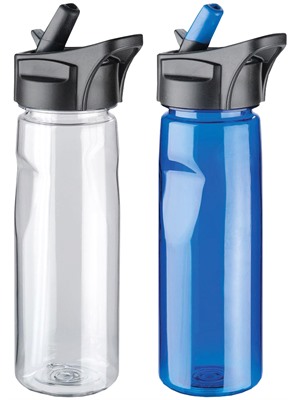FDA published a Q and A on the safety of spices looking at the contamination rates of incoming spices. In a nutshell, the US imports spices from 79 countries, and of these, salmonella contamination was found in spices from 37 countries. The also found that "Spice shipments offered for entry into the U.S. had an overall prevalence for Salmonella of approximately 6.6 percent during the 2007 to 2009 fiscal years, about twice the average prevalence of all other imported, FDA-regulated foods"
But this is not really a thing because spices are generally treated once they arrive in the US and these were not yet treated. According to the website, "However, we noted in the study an important data gap in that we were missing key information about the level of contamination of spices at retail in the U.S. When we began conducting the risk profile, we asked the public for any data but did not receive information about contamination rates at retail. Because many imported spices are treated after entry to the U.S. to reduce contamination before they are sold to consumers, we knew that the 6.6 percent contamination rate found at the import level
did not reflect what was actually reaching consumers."
Did they collect retail samples? Yes, but that data was not ready to release.
FDA Website
http://www.fda.gov/Food/FoodScienceResearch/RiskSafetyAssessment/ucm487954.htm
Questions & Answers on Improving the Safety of Spices



